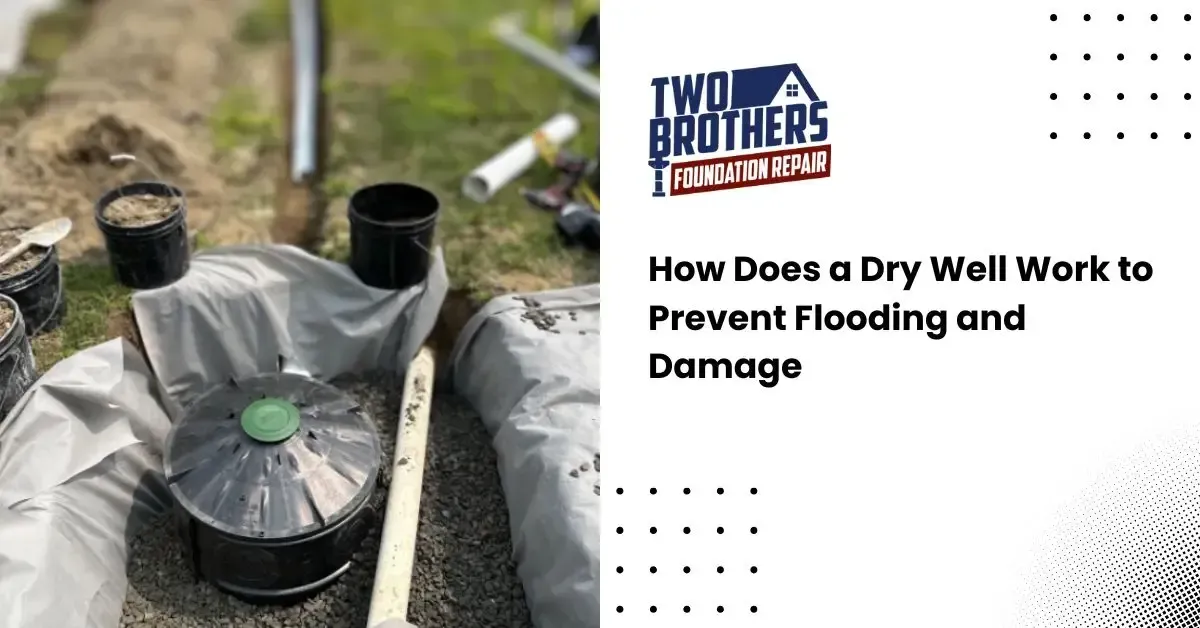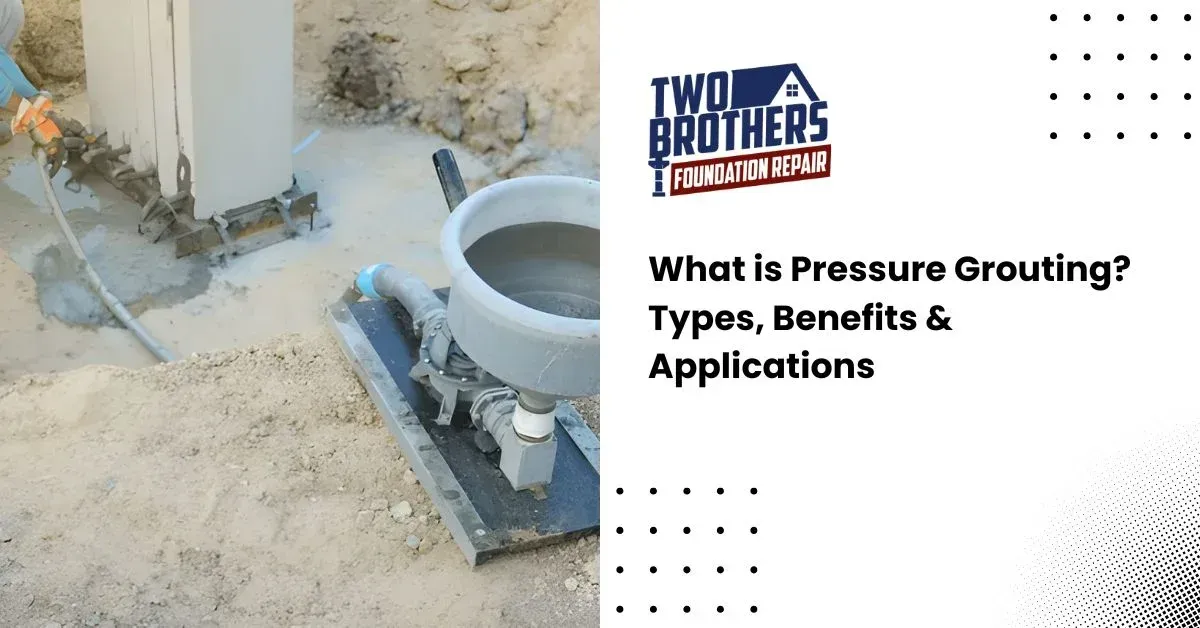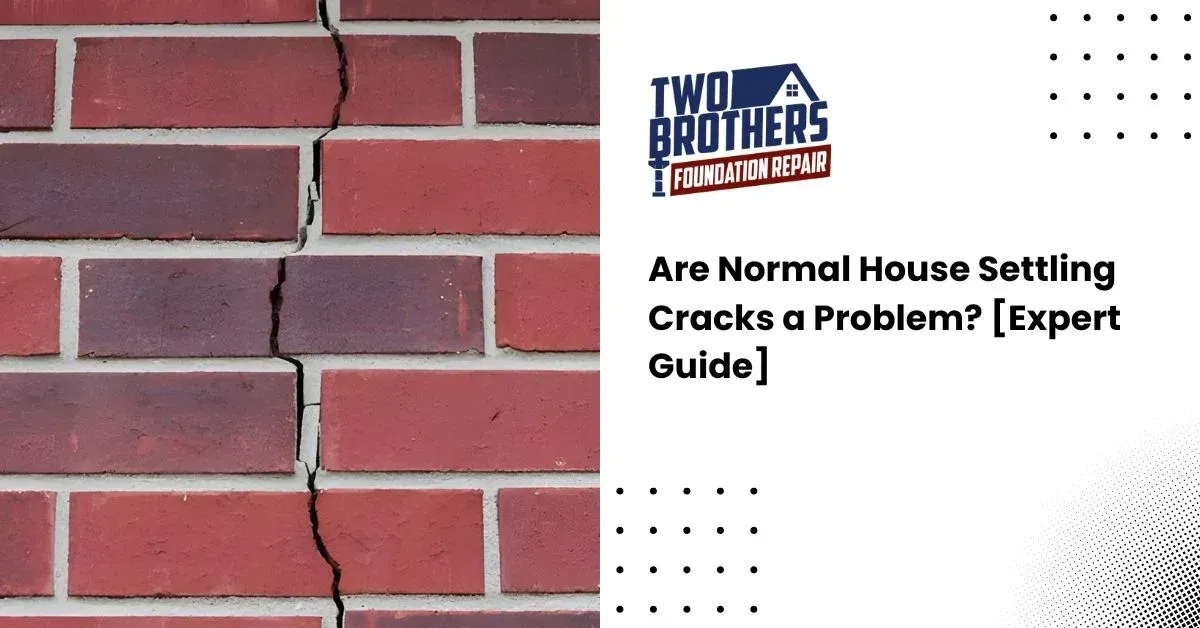Best Soil for Building Foundation: An Expert Guide
What comes to your mind when you think about building a home? Concrete? Steel? Or woods? But none of those matters if the soil beneath them isn’t strong enough.
Yes, you heard that right.
The ground carries the entire weight of your structure. The wrong soil can lead to cracks, shifting, or even major foundation failure. That’s why choosing the best soil for building foundation is the first step toward a safe, durable home.
In this guide, we’ll cover the main soil types and what makes some stronger than others. We will also share expert advice from
Two Brothers Foundation Repair to help you build with confidence.
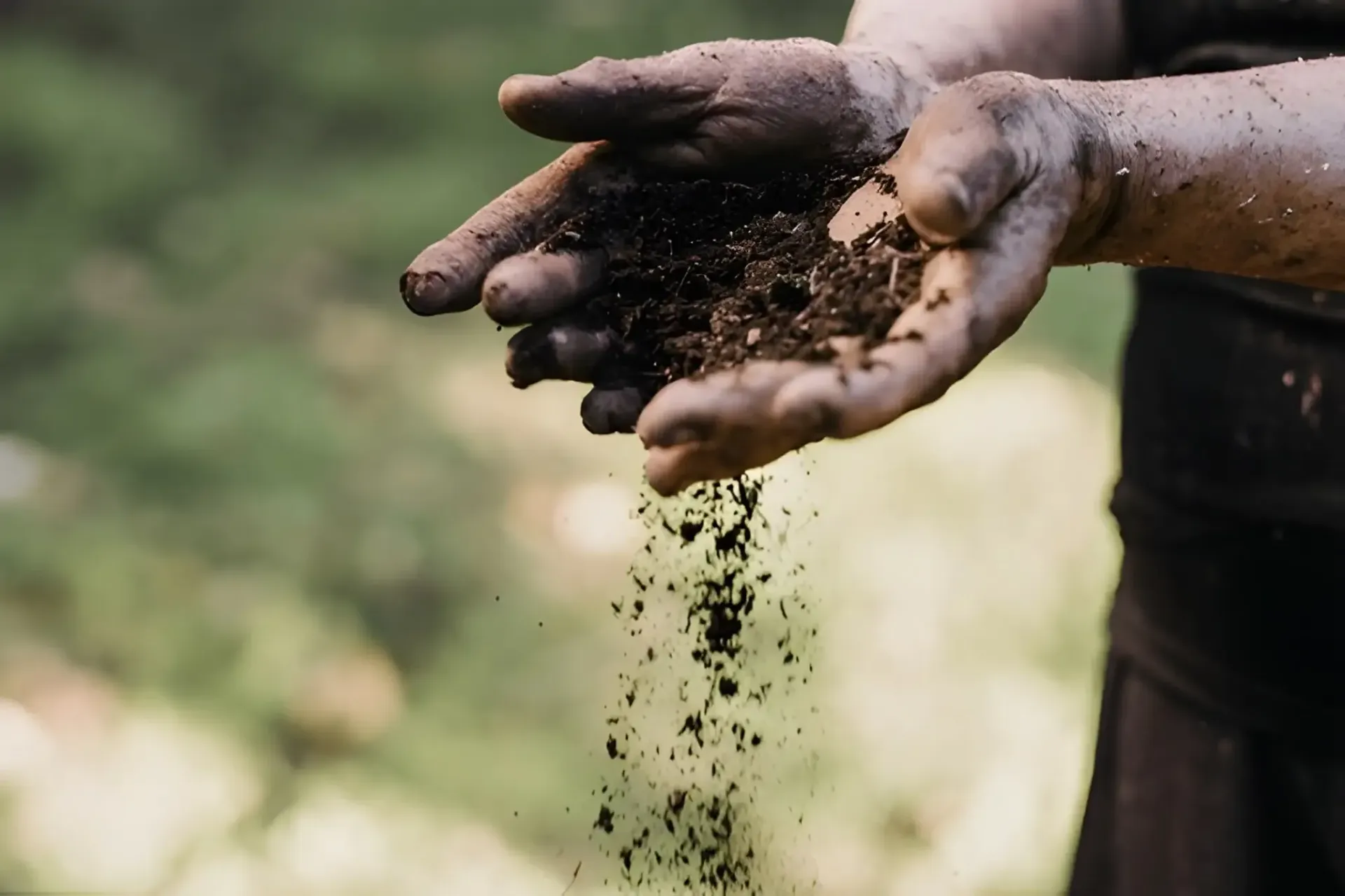
Why Soil Matters for Strong Foundations?
FEMA reports that poor soil conditions are a leading cause of foundation failures during floods and earthquakes. So you can guess why we emphasize understanding soil type before construction.
Protect Your Home’s Value
Your home’s value depends on its structural integrity. A solid roof and fresh paint mean nothing if the ground underneath is failing. Homes built on poor soil lose value fast. Homes built on the right soil hold up for generations.
Avoid Expensive Repairs
Clay that swells and shrinks or silt that turns soft under rain will only ruin your foundation. Once the soil shifts, the damage spreads through the house. And fixing those issues is far more expensive than preventing them.
Build Stronger from the Beginning
Knowing your soil type shapes every decision in construction. Strong soil means you can build confidently. Weak soil means you need to plan around it.
Different Types of Soil for Building Foundations
Some soils provide strength and stability, making them the best soil for building foundations. Others are unpredictable and often lead to foundation problems.
Here are the main soil types you’ll come across when building foundations:
| Soil Type | Advantages | Disadvantages |
|---|---|---|
| Gravel & Sand | Strong load support, excellent drainage, no organic matter | Can wash away, costly |
| Loam Soil | Balanced mix, stable, good moisture control | May contain organic matter, less stable than gravel |
| Clay Soil | Can carry heavy loads, good insulation, nutrient-rich | Expands/shrinks, dampness issues, unstable |
| Silt Soil | Fertile, easy to work with, and some insulation | Poor drainage, weak when wet/dry, unstable |
| Peat Soil | Eco-friendly, good insulation | Very weak, compressible, flammable, unstable |
Gravel and Sand
Gravel and sand are often considered the best soil for building foundation because of their strength and excellent drainage. Among all soil types, they have the largest particles. It means water drains quickly instead of getting trapped around your foundation.
When properly compacted, sand and gravel create a stable base that can support heavy loads. This makes them ideal for homes, small businesses, and even larger structures.
Advantages:
- High soil bearing capacity supports heavy structures.
- Excellent drainage reduces the chances of cracks
- Free of organic matter that can weaken soil.
Disadvantages:
- Sand can wash away over time. It creates gaps.
- High-quality sand and gravel can be costly.
Loam Soil
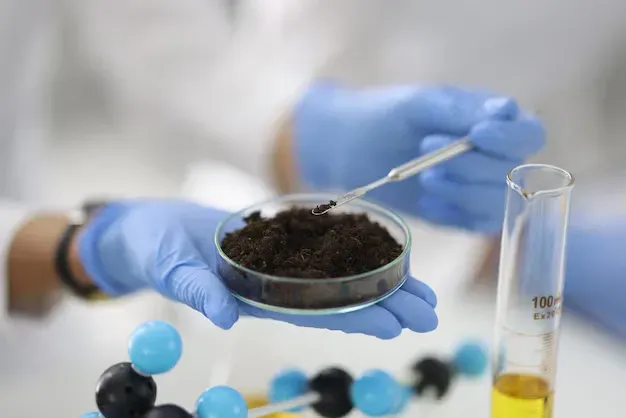
Loam is a natural blend of sand, silt, and clay. These three main soil types balance their best qualities. This mix gives loam excellent stability, good soil bearing capacity, and holds just the right amount of moisture.
Loam is less likely to create the kind of foundation problems you see with clay or silt. It absorbs water, drains evenly, and still allows for air circulation. That consistency is what makes loam one of the best soils for building a foundation.
The soil is suitable for foundations like isolated pad footings. These are often used beneath columns and tied together with beams. For single-story homes, continuous strip foundations can be suitable as well.
Advantages:
- Holds moisture but drains well
- Balanced mix of sand, silt, and clay
- Less likely to shift or swell than other soils
- Helps control humidity in some wall-building methods
Disadvantages:
- May contain undecomposed organic matter that must be filtered out.
- Less stable than compacted sand or gravel.
Clay Soil
Clay soil is one of the most challenging materials we have worked with so far. Its tiny mineral particles hold water for long periods. This makes it sticky and heavy when wet.
But guess the trouble doesn’t end here!
The main problem is that clay expands when soaked and shrinks as it dries. This constant movement causes cracks, uneven floors, and long-term foundation problems.
Because of its instability, foundations built on clay usually need to go deeper to reach a more stable layer. Even then, special foundation repair methods are required to reduce movement.
Advantages:
- Excellent thermal insulation reduces cooling costs.
- Retains water, sustaining plant life in dry seasons.
- Rich in nutrients, ideal for farming.
- When compacted, it can carry heavy loads.
Disadvantages:
- Poor choice for stable foundations
- Expands when wet and shrinks when dry
- Holds water, creating dampness issues
- Requires skilled and advanced foundation techniques
Silt Soil
Silt soil might be great for crops, but it’s one of the worst options for a foundation. When wet, it swells and pushes against the foundation. When it dries, it loses strength
You’ll usually find silt near rivers, lakes, or other bodies of water. It feels smooth and silky when rubbed between your fingers and is easily moved by flowing water.
While fertile and easy to work with in landscaping, it simply doesn’t provide the stability needed for construction.
Advantages:
- Fertile and moisture-rich, good for farming.
- Easier to work with than clay.
- Provides some insulation value for temperature regulation.
Disadvantages:
- Poor drainage and high water retention.
- Expands when wet and weakens the foundation.
- Highly unstable for supporting buildings.
Peat Soil
Peat soil is one of the least suitable options for building foundations. You can find this in bogs and wetlands.
While it’s rich in carbon and organic content, it has very low soil bearing capacity and holds a tremendous amount of water. That combination makes it unstable, compressible, and a poor choice for supporting structures.
Still, construction isn’t impossible. Shallow peat layers can sometimes be removed and replaced with engineered fill. In deeper areas, builders may use concrete piles to anchor into stronger layers below.
Advantages:
- Environmentally friendly in its natural state.
- Provides natural sound and thermal insulation when used in building blocks.
Disadvantages:
- Very poor choice for supporting structures.
- Easily compressible, unstable, and prone to shifting.
- Highly flammable when dry.
- Requires advanced engineering solutions to build safely.
How to Test Soil Before Building
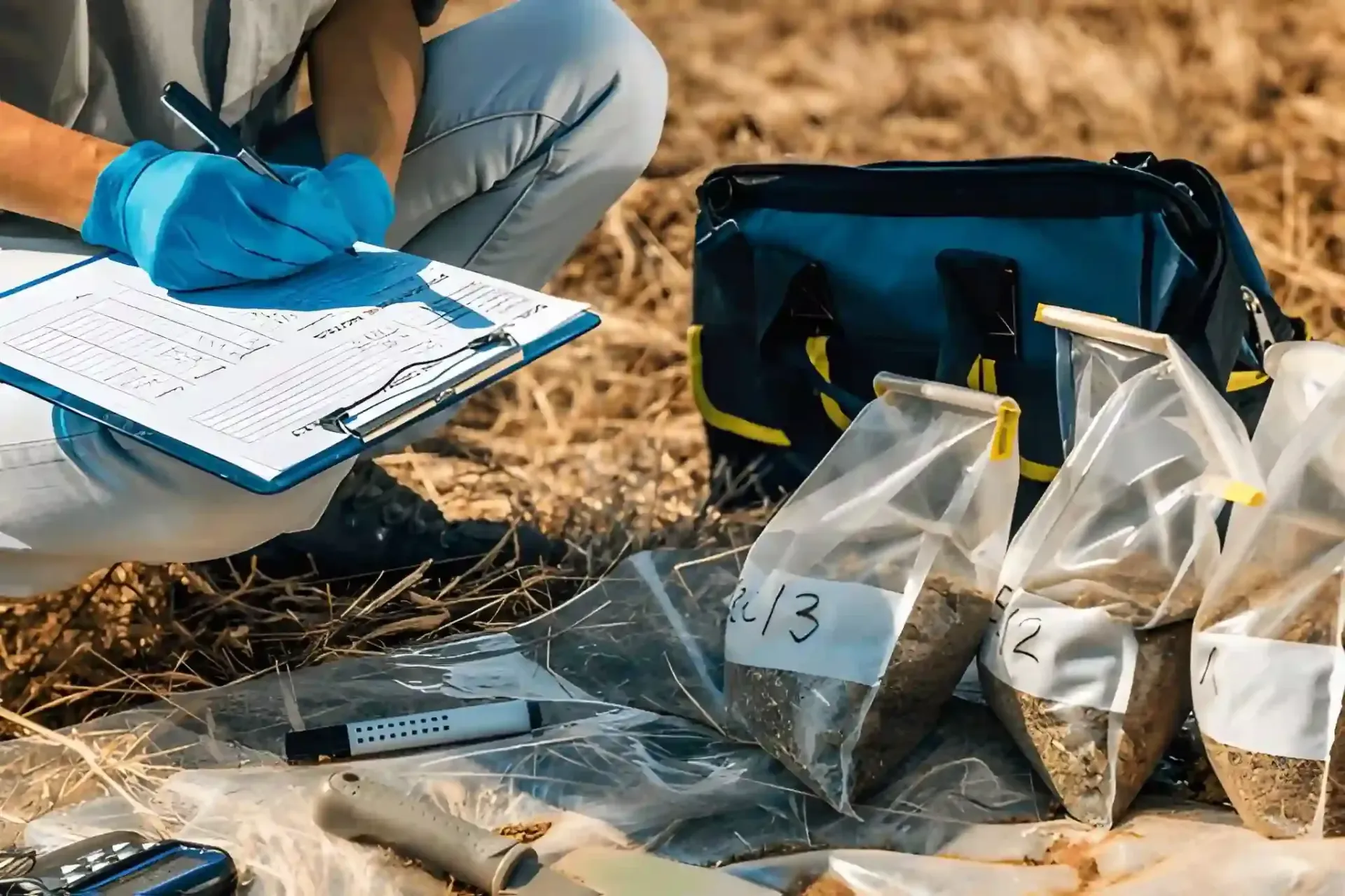
Hear the truth out: your foundation is only as good as the soil it sits on. If the ground can’t handle the weight, no amount of concrete will save you from cracks and repairs later.
Here’s how to test soil before building:
Professional Soil Bearing Capacity Tests
The first thing you need to know is how much weight your soil can support. This is measured through a soil bearing capacity test. Engineers place controlled loads on the soil and see how it reacts.
If the numbers are strong, you’ve got a reliable base. If they’re weak, your foundation design will need adjustments, like going deeper or using reinforcements.
On-Site Soil Sampling
Lab results matter, but so do boots on the ground. On-site soil sampling involves pulling samples from different depths of your lot.
This shows whether your soil is sandy, clay-heavy, silty, or loamy, and how each layer behaves when exposed to water.
But why does that matter?
Because one layer might drain perfectly, while the one beneath it turns to mush after rain, without sampling, you’d never know what’s happening under the surface.
When to Call a Foundation Contractor
This is where most homeowners get stuck. You can have a folder full of test results, but if you don’t know how to read them, they’re just numbers. That’s where calling in a professional foundation contractor pays off.
At Two Brothers Foundation Repair, we test the soil, explain what it actually means in simple terms, and recommend the foundation design that will keep your home stable.
Tips From Two Brothers Foundation Repair for Choosing the Right Soil
At Two Brothers Foundation Repair, we’ve worked with every soil type, and here’s what you should focus on before building.
Always Test Before Construction
A soil test is the starting point for every project. It tells about soil’s bearing capacity, moisture behavior, and stability under pressure. Without this data, any foundation can lead to failure.
Consider Drainage and Climate
The best soil for building a foundation is one that drains properly and resists expansion or shrinkage during weather swings. Poor drainage means water buildup, and water buildup means shifting, cracking, and long-term structural stress.
Match Soil Type to Foundation Design
The soil dictates the foundation. Sandy or gravel-rich soils often pair well with shallow footings, while clay-heavy soils demand deeper solutions. Ignoring this step means fighting the soil for the life of the structure.
Characteristics of Good Soil for Construction
- Rock, sand, and compacted gravel soils can handle significant loads.
- Stable soils stay consistent through wet and dry cycles.
- Organic matter decomposes, creating voids and instability.
- Prevents corrosion of reinforcing materials.
- Reduces the risk of washouts during heavy rainfall.
Conclusion
Choosing the best soil for building foundation means protecting your home for decades to come. The right foundation starts with knowing your soil and matching it to the proper design.
At Two Brothers Foundation Repair, we test, prepare, and build on solid ground, ensuring your investment stands strong against time and weather. And to make it easy, we offer free inspections so you know exactly where your foundation stands.
FAQs
1. Can I Improve Soil Quality Before Building a Foundation?
Yes. In some cases, weak soil can be replaced. It can be replaced with engineered fill, compacted to increase strength, or stabilized with lime or cement. These steps improve soil bearing capacity and reduce the risk of settlement.
2. Is Rock Considered the Best Soil for Building Foundation?
Solid rock is the most stable base you can build on. It has extremely high bearing capacity, doesn’t expand or shrink, and resists erosion. But the costs can be higher when working with rock foundations.
3. Does Landscaping Around My Home Affect Soil Stability?
Yes, it does. Poor drainage, heavy irrigation, or planting trees too close to the foundation can change soil moisture levels. This is especially risky with clay or silt.
4. Can You Build on Wetland Soil?
We don’t suggest building on wetlands or peat soil. It is highly risky due to its low strength and water retention, but advanced foundation systems like piles or rafts can be used, and the soil should be replaced or reinforced.
5. How Often Should Soil and Foundations Be Inspected?
We suggest inspecting your foundation and surrounding soil every few years, especially after extreme weather. At
Two Brothers Foundation Repair, we
offer free inspections to check for early signs of shifting or settlement.



